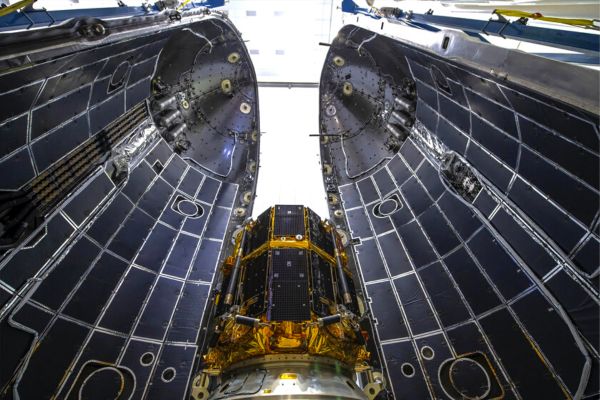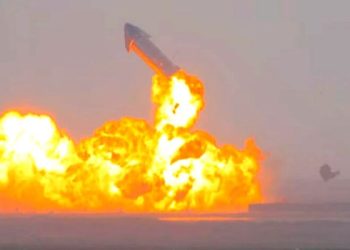iSpace, a Japanese private space company, is preparing to make history by landing on the surface of the Moon on April 25th, marking the first commercial mission to accomplish this feat.
HAKUTO-R Mission 1 (M1) was launched from Cape Canaveral, Florida, on December 11th, 2022, and officially entered lunar orbit on March 21st, 2023. The main objective of this mission is to prove that iSpace can safely land and deliver cargo to the Moon, setting the stage for future missions.
M1 lander will carry two rovers, one from the UAE’s space agency called Rashid and the other from the Japanese Aerospace Exploration Agency named SORA-Q, which will venture to unexplored locations on the lunar surface.
The rovers will study the geology and soil of the natural satellite, with particular attention to the Atlas crater located on the out borders of the Moon’s “Sea of Cold.” The success of this mission is essential for future plans, as landing on the Moon is a difficult task that only space agencies from the United States, the Soviet Union, and China have successfully accomplished.
Stephen Indyk, the director of space systems at Honeybee Robotics, believes that this mission marks the beginning of the further expansion of humanity into space, adding that many people view it as an optimistic step forward.
Other companies are also planning to carry cargo to the Moon later this year. Astrobotics and Intuitive Machines are set to launch via the new United Launch Alliance Vulcan rocket and SpaceX’s Falcon 9, respectively. India will also try again with the Chandrayaan-3 mission this June.
If successful, iSpace’s Hakuto-R will pave the way for future missions, including a second mission planned for 2024, which will include commercial payloads with the goal of collecting a lunar soil sample for NASA. The iSpace’s achievement is critical to the future of space exploration and could have implications for humanity’s future in space.
Read more on SpaceX launches first integrated starship flight, ends in explosion




















